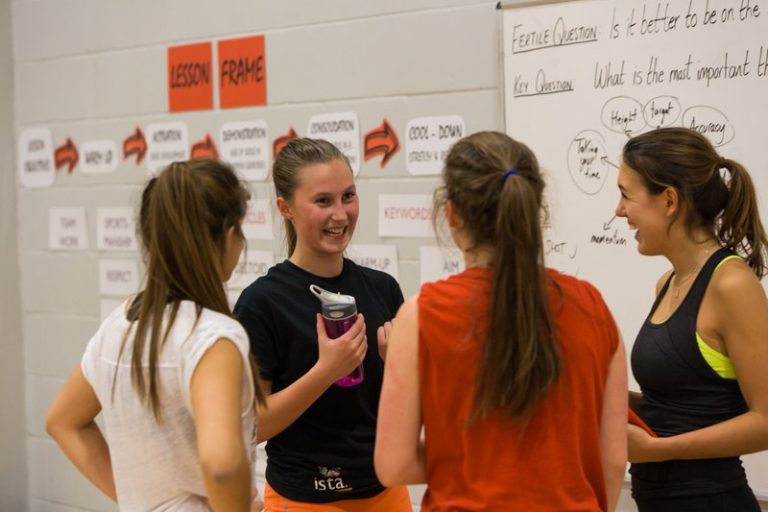Our focus to get more Londoners active leads us to naturally consider the important components we would need to address if we are to have a meaningful impact. A vital component is the workforce, which helps facilitate and sustain involvement in physical activity and sport.
To better understand the workforce in London, we commissioned a piece of extensive research in 2016 to get under the skin of the ‘people who support the people to be active’. What this research confirmed was the workforce has three clear roles in helping Londoners be active: supporting, signposting and motivating.
If you are currently inactive, what does a workforce need to look like if they are to support, signpost and motivate you? The research tells us that fundamentally the workforce needs to understand the lives of Londoners, why they are inactive, and the journey they will need to make if they are to become active.
That leads us to consider our next move in having a meaningful impact. If the focus is only aimed at the workforce engaging with those who are already active, the chance to engage with thousands of inactive individuals will be reduced. Inactive Londoners have many steps to take to become routinely active, thus the workforce who may be most effective in engaging them in activity, may not be the sporting workforce we have traditionally considered.
At London Sport, we are working out the best way to influence and support a ‘new’ workforce who can help us get Londoners more active.
They are people who encounter inactive people in a variety of settings (education, work, health and leisure) and they are all part of a workforce which has a role to play. The challenge for the sport and physical activity sector is whether it can engage these influencers in their own settings.
Clearly one challenge in engaging those in non-sporting settings to help us get people more active, is that their primary workplace aim is not to get people active. It will be to educate them, make them medically better, or provide them with a leisure pursuit that they are going to enjoy. While those in sport may say that being active can support all those aims, that view may not be shared by the individual or the workforce supporting them. We must craft an attractive sporting and activity proposition that both the inactive person and supporting workforce member can buy into. If we can do that, we stand a great chance of getting Londoners more active.
Last week, London Sport published the full research report which underpinned the development of Building a Workforce for the Future: our Strategic Plan of Action for Workforce.
Download the research deck here

